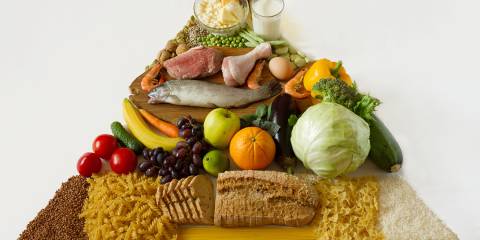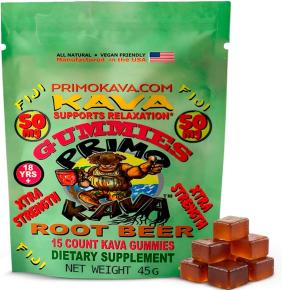Grass-fed and Organic Meat vs. Conventional Beef
Grass-fed beef has become an increasingly popular choice for health-conscious consumers wanting to support what a growing community of scientists and farmers say are environmentally sound cattle-raising practices.
As the name implies, grass-fed beef comes from cattle who eat only grass their entire lives—with other natural forage thrown in for dessert. It’s become a go-to option for carnivores who object to conventional beef because that cattle subsisted mostly on grain-based feed with soy or corn. The producers of grass-fed beef point to a healthy, ecofriendly existence for their cattle while reminding consumers of the tight quarters and potential for disease found in the feedlot and factory farms that offer conventional beef.
Grass-fed, Up Close
Many consumers believe grass-fed beef tastes better than conventional beef. “When you eat grass-fed beef, you have an intimate experience with taste,” said Ridge Shinn, CEO of Big Picture Beef in Hardwick, MA.
Shinn oversees a company that buys 10-month-old cattle from small family farms in the Northeast and brings them to finishing farms in New York and Vermont that feed the livestock nothing but grass, he said. Big Picture Beef then sells the grass-fed product to restaurants, markets, and grocery stores.
Big Picture Beef finishing farms rotate cattle from paddock to paddock anywhere from once a day to once every three days. According to grass-fed advocates and some scientific studies, when the cattle eat only so much of the grass and move on, they effectively lock carbon in the soil, offsetting the release of methane and other greenhouse gases that are freed in larger measures by conventionally raised cattle. By staying in the ground, carbon helps rainwater infiltrate soil, reducing drought and erosion.
It’s all about grass with farming outfits such as Big Picture Beef. If it’s poorly managed, grazing can degrade pasture. That prompts many farms, often guided by scientific research, to experiment with the density of grass and the patterns of grazing—all to determine which methods best sequester carbon.
Shinn likes to joke that if he had all the farmland in Illinois, Indiana, and Iowa for raising grass-fed cattle, he “could cure the drought in the West, the flooding of the Mississippi, and health problems like obesity.” Compared with other types of beef, the meat of grass-fed cattle has less total fat and more heart-healthy omega-3 fatty acids, conjugated linoleic acid (a fat that could reduce heart disease and cancer risks), and antioxidant vitamins such as vitamin E.
The American Grassfed Association certifies farms whose cattle have eaten nothing but grass and forage from weaning to harvest, haven’t been confined, and have never been fed antibiotics or growth hormones. The animals must also be born and raised in the US.
Beef that’s labeled as organic can come from a grass-fed farm, but not always. Beef can be certified organic but the cattle can still be occasionally confined to a pen for logistical reasons while being fed organic grain. USDA Certified Organic status guarantees the beef contains no artificial contaminants and suggests it has high nutritional value. The cattle can’t stay in a feed lot for an extended period or be kept in crowded and unsanitary conditions. Organic farms can’t expose cattle to fertilizers, antibiotics, hormones, GMOs, and artificial pesticides.
Another Meat Option
Meat-alternative companies hope to win over carnivorous consumers, who someday might be without a traditional meat burger because of demand outpacing supply. Meat substitutes are nothing new (think seitan and veggie burgers). But new technology is being used to transform plant ingredients such as peas, non-GMO soy, and grains into products that seem more like real meat.
Impossible Foods, based in Redwood City, CA, and Beyond Meat, of El Segundo, CA, are two companies using such technology to deliver the taste of real beef without the environmental degradation caused by industrial meat production. The United States Environmental Protection Agency links 9 percent of total US greenhouse gas emissions to agricultural activities such as livestock production and manure management.





